
cd_nom

| Author : R. Poncet |
 |
To get the picture, please visit:
Rémy Poncet
email : inpn@mnhn.fr
Despite the Creative Commons license, please inform the author of the use which will be made of his photo
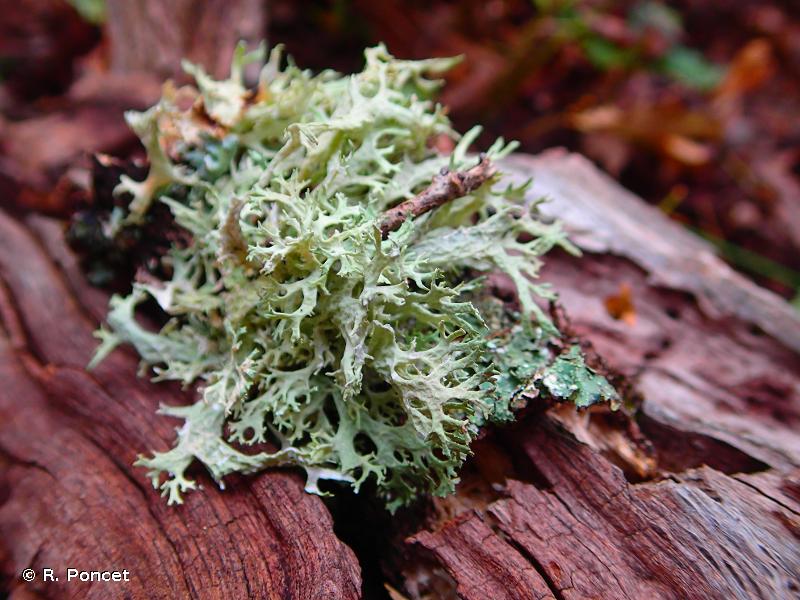
| Author : R. Poncet |
 |
To get the picture, please visit:
Rémy Poncet
email : inpn@mnhn.fr
Despite the Creative Commons license, please inform the author of the use which will be made of his photo

| Author : D. Happe |
 |
To get the picture, please visit:
David Happe
email : inpn@mnhn.fr
Despite the Creative Commons license, please inform the author of the use which will be made of his photo
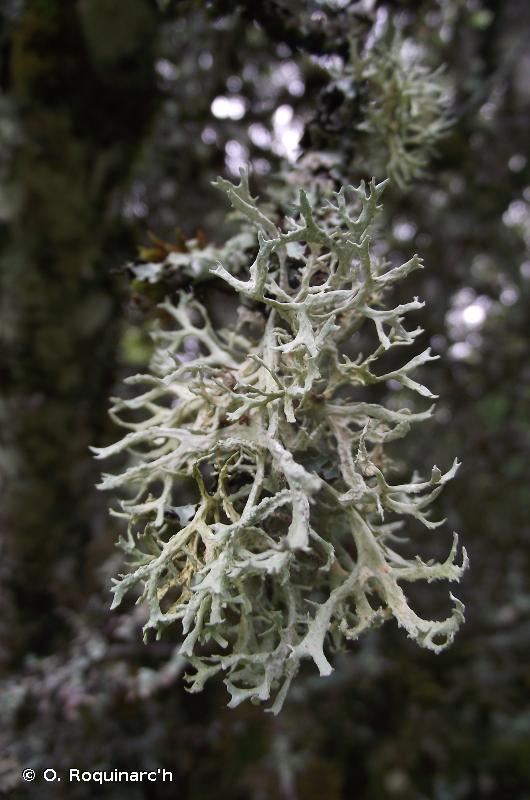
| Author : O. Roquinarc'h |
 |
To get the picture, please visit:
Océane ROQUINARC'H,
Muséum national d'Histoire naturelle,
Service du Patrimoine Naturel,
4 Avenue du Petit Château,
91800 BRUNOY
mail : inpn@mnhn.fr
Despite the Creative Commons license, please inform the author of the use which will be made of his photo
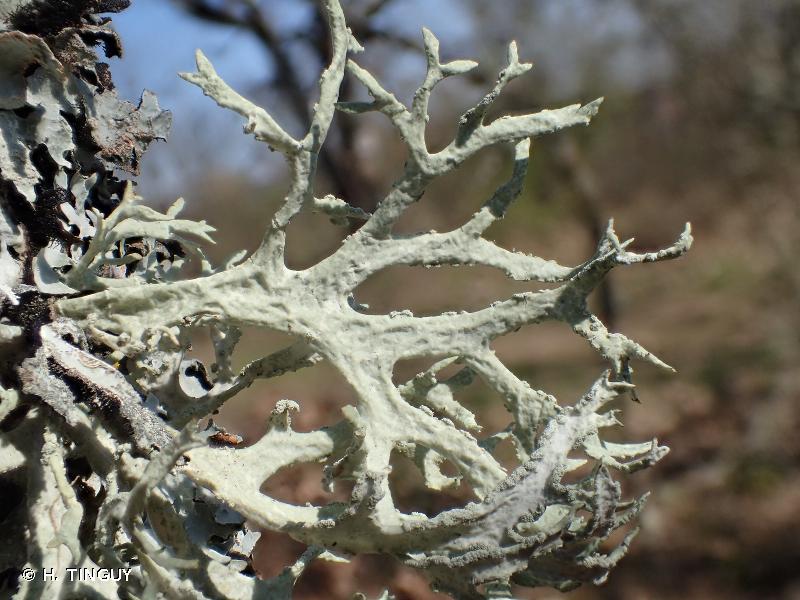
| Author : H. TINGUY |
 |
To get the picture, please visit:
Hugues Tinguy
email : inpn@mnhn.fr
Despite the Creative Commons license, please inform the author of the use which will be made of his photo
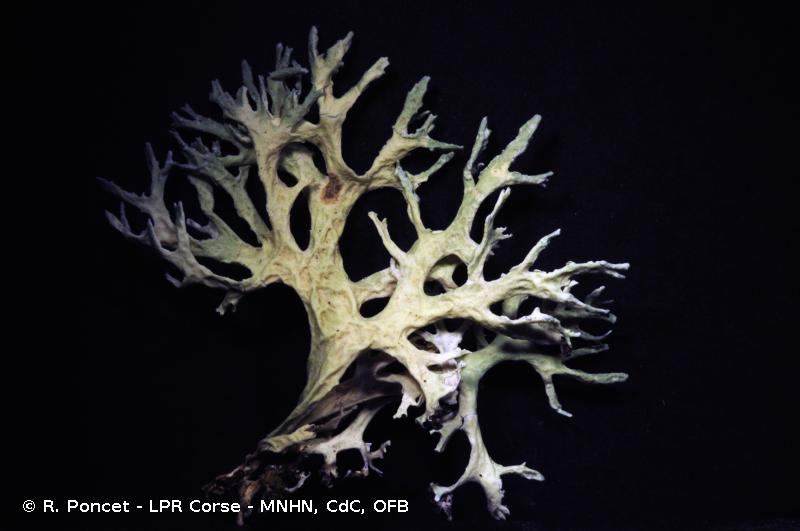
| Author : R. Poncet - LPR Corse - MNHN, CdC, OFB |
 |
To get the picture, please visit:
Rémy Poncet
Despite the Creative Commons license, please inform the author of the use which will be made of his photo

| Author : R. Poncet |
 |
To get the picture, please visit:
Rémy Poncet
Despite the Creative Commons license, please inform the author of the use which will be made of his photo

| Author : R. Poncet |
 |
To get the picture, please visit:
Rémy Poncet
Despite the Creative Commons license, please inform the author of the use which will be made of his photo
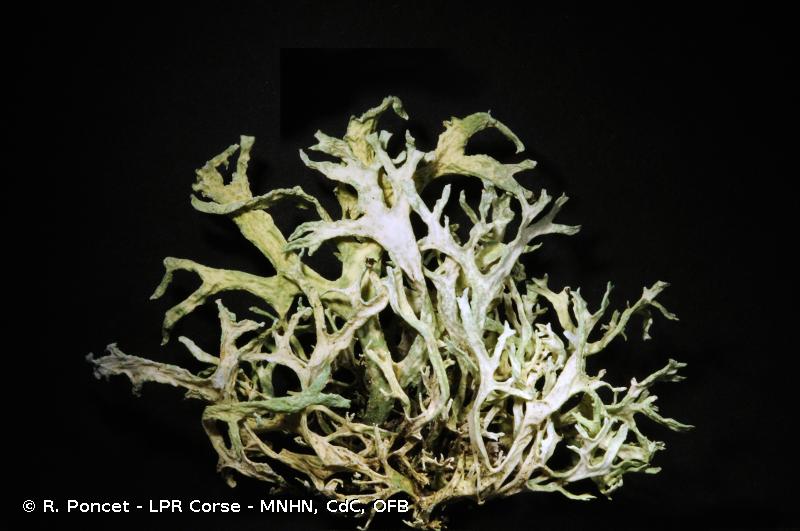
| Author : R. Poncet - LPR Corse - MNHN, CdC, OFB |
 |
To get the picture, please visit:
Rémy Poncet
Despite the Creative Commons license, please inform the author of the use which will be made of his photo

| Author : R. Poncet |
 |
To get the picture, please visit:
Rémy Poncet
Despite the Creative Commons license, please inform the author of the use which will be made of his photo

| Author : R. Poncet |
 |
To get the picture, please visit:
Rémy Poncet
Despite the Creative Commons license, please inform the author of the use which will be made of his photo

| Author : R. Poncet |
 |
To get the picture, please visit:
Rémy Poncet
Despite the Creative Commons license, please inform the author of the use which will be made of his photo

| Author : M. Ghislain |
 |
To get the picture, please visit:
Ghislain Manon
MNHN
43 rue Buffon
75005 Paris
Despite the Creative Commons license, please inform the author of the use which will be made of his photo
Taille :
Variable, de (1)2 à 6(10) cm de long pour 2 à 4(6) mm de large par ramification.
Diagnose :
Thalle fruticuleux à ramifications en lanières nombreuses plus ou moins pendantes et divisées, la taille des lanières diminue progressivement à chaque ramification et brutalement à la dernière, donnant un aspect interrompu au thalle. La face supérieure est vert-grisâtre avec parfois un aspect marbré de blanc, elle peut être lisse ou plus ou moins ridée. La face inférieure est blanche du fait de l'absence du photobionte (elle peut être ponctuée de vert à l'apex). Les bords des lanières sont parsemés de soralies.
Les apothécies sont rares, elles mesurent entre 2 et 5 mm de diamètre.
Facilité d'identification : simple
Confusions possibles :
Se distingue de Ramalina farinacea (Hoffm.) Fürnrohr par la présence d'une face blanche dépourvue de photobionte et un port général moins fin, ainsi que par l'aspect interrompu des thalles.
Se distingue de Pseudevernia furfuracea (L.) Zopf par la face supérieure vert-grisâtre (grise chez P. furfuracea), la face inférieure blanche (noire au moins à la base de P. furfuracea) et l'absence d'isidies.
Répartition générale:
Large répartition dans la zone tempérée de l'hémisphère nord, jusque dans le domaine boréal. Mentions erronées dans l'hémisphère sud (Patagonie, Île de l'Ascension).
Habitat et biologie :
Espèce surtout corticole croissant sur des écorces neutres à acides. Peut aussi se trouver sur des piquets de clôture, au sol dans des landes, sur des sables en arrière-dune et parfois sur des roches siliceuses enrichies en nutriments.
Référence: Smith, C.W., Aptroot, A., Coppins, B.J., Fletcher, A., Gilbert, O.L., James, P.W. & Wolseley, P.A. 2009. The Lichens of Greta Britain and Ireland. The British Lichen Society. 1046 pp.
R. Poncet(UMS 2006 Patrimoine Naturel (AFB / CNRS / MNHN)),2015
Continental
Metropolitan France
Overseas
Marine
Metropolitan France
Overseas
The map presents a summary at the 10 x 10 km grid of the observation data for the species transmitted to the SINP. These data have been subjected to validation filters.
The map presents a reference distribution layer of the species at the scale of departments and marine sectors. The presence and absence data were established by expertise within a network of partners. This reference distribution is used in the validation process of the SINP data at the INPN level.
Corresponds to a report on the basis of at least one observation proved within a period of 10 years (20 years for little-known invertebrates) preceding the year and no presumption of extinction since obtaining the last data nor doubt on reproductive and implemented nature of this population. For migratory species, the presence indicated concerns areas of reproduction.
This status is based on one or more of the following criteria:
This point covers the absence, more difficult by nature to demonstrate than presence. This status is based on one or more of the following criteria:
This status must be assigned to a department in which the presence of the species is casual.
Particular case of absence due to a proven extinction less than a half century ago (older disappearances are treated as "no probable or definite").
In the state of knowledge, we can not comment on the presence or absence in the current department. This is the default status when not comprised in one of the previous categories or whenever there is doubt.
The map shows the global distribution of the species based on GBIF data (Global Biodiversity Information Facility).
